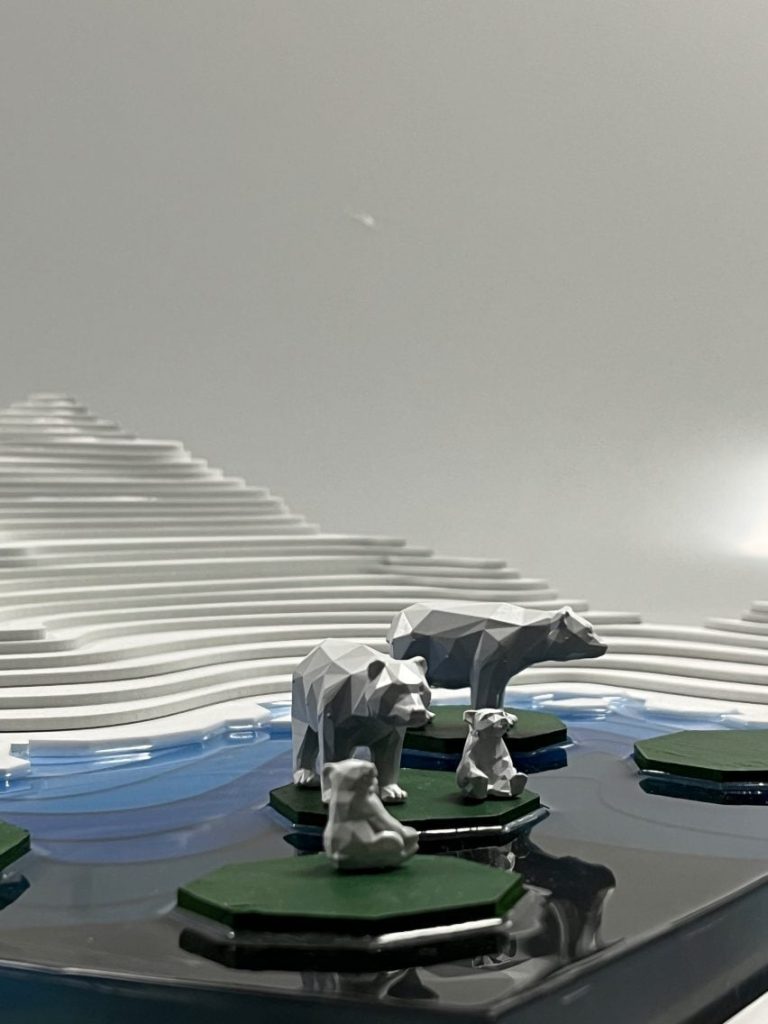Dezeen School Shows: a project that transforms textile waste from fast fashion into luxury products is included in Dezeen’s latest school show by students at London South Bank University.
Also included is a children’s book that aims to raise awareness about chronic pain and biodegradable shelters for migrating birds.
Institution: London South Bank University (LSBU)
School: School of Engineering: Division of Mechanical Engineering and Design
Courses: BSc (Hons) Product Design, BSc (Hons) Engineering Product Design and BSc (Hons) Product Design and Development Engineer Apprenticeship
Tutors: Deborah Andrews, Ben Clarke, Alessio Corso, Andrew Forkes, Simon Lunn, Elisa Puccinelli, Barney Townsend, Susana Soares and Peter Wong
School statement:
“Are you creative, curious and inquisitive?
“At LSBU we believe that designers have an important role to play in creating a better future that focuses on people and the planet.
“Blending systems, thinking and human-centred design with technical analysis as well as physical and digital prototyping, you’ll learn the intellectual and practical skills you need to become a well-rounded designer or design engineer.
“You can select from BSc (Hons) Product Design, BSc (Hons) Engineering Product Design and BSc (Hons) Product Design Development Engineer Apprenticeship courses.
“The courses culminate in a final year degree show of outstanding prototypes called Product of South Bank.”
North Star: Creates Melt Resistant Ice to Provide Arctic Wildlife With a Lifeline by Harry Boe
“Arctic sea ice is declining at unprecedented rates and an ice-free summer is expected as early as 2035. Survival for polar bears and other Arctic wildlife is becoming increasingly difficult.
“North Star is a new device that is capable of freezing sea water – it is infused with giant kelp to slow down sea ice melting.
“This project aims to provide a lifeline to the Arctic wildlife so they can continue to travel, hunt and raise their young in the summer months when sea ice is at its lowest levels.”
Student: Harry Boe
Course: BSc (Hons) Engineering Product Design
Email: harryboe29[at]gmail.com

ZenDen: A Classroom-Based Sensory Space by Bethany Browne
“ZenDen is a classroom-based sensory space that is available for all children to use and especially designed for children with special educational needs and mental health concerns in moments of crisis.
“There are a variety of stimuli including visual, auditory and tactile stimuli that help the child to regulate their emotions by shifting their focus.
“ZenDen can be folded flat against the wall when not in use so it doesn’t encroach on the classroom’s space.
“As it is classroom-based, it is accessible to all and reduces the stigma around using sensory spaces. It also helps keep children in the classroom to continue their learning.”
Student: Bethany Browne
Course: BSc (Hons) Product Design
Email: bbrowne0105[at]gmail.com
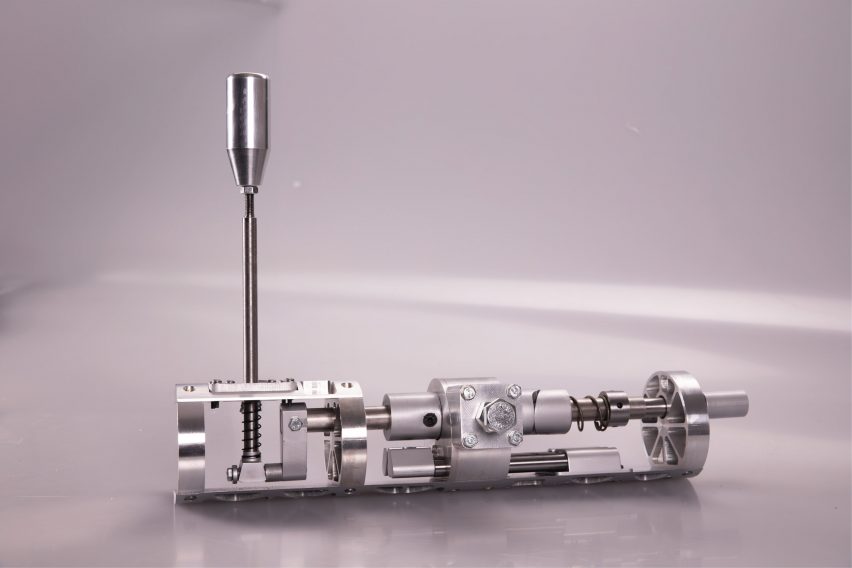
Strix: Ssing Kansei Engineering to Replicate the Feel of a Manual Gearbox by Reece James Harris
“Converting a classic car to an electric car will allow owners to save money on fuel expenditure, ultra low emission zone (ULEZ) congestion charges and servicing.
“More classic cars are being converted to electric vehicles but during the process they lose many of their original features such as their manual gearbox.
“Strix can be installed onto classic cars to simulate the feeling of driving with a manual transmission – the h-pattern shifter replicates this feeling, allowing for a better driving experience.
“Based on the philosophy of Kansei engineering, the idea of building emotions into a mechanical device inspired this project.”
Student: Reece James Harris
Course: BSc (Hons) Engineering Product Design
Email: reece.james.harris[at]gmail.com
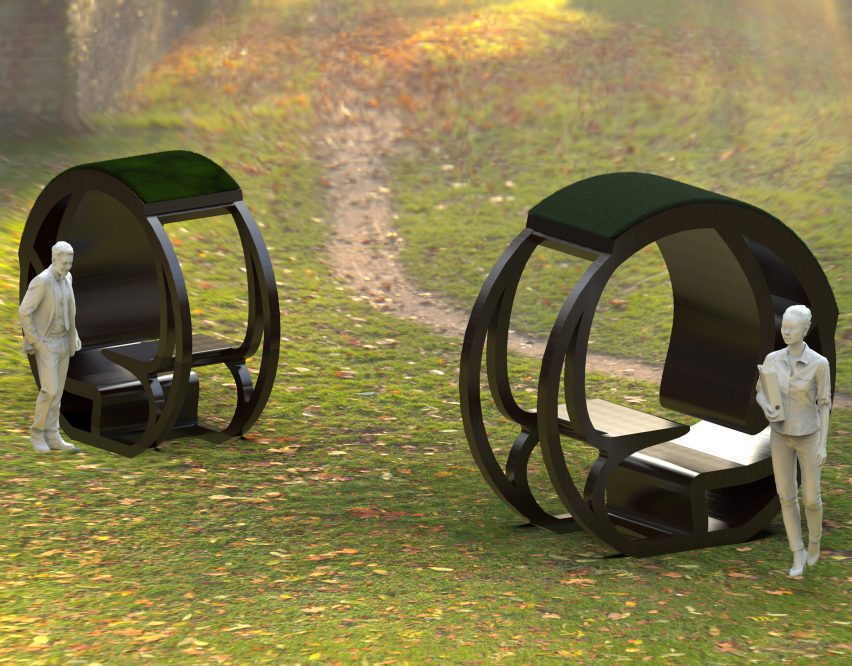
Tokoro: An Outdoor Workspace to Work, Socialise or Leisure by Benjamin Le
“Tokoro is an outdoor workspace originally created for remote workers – it has grown into a space that is open to interpretation whether it be used for work, hobbies, socialising or leisure.
“Tokoro aims to improve the community experience in parks, encouraging users to take advantage of the outdoors – nature improves and stimulates better physical and mental activity, improving health and wellbeing.
“The word ‘tokoro’ translates to place, spot or scene. It fits this project as the use of the space is determined by the user, meaning that at the time of use, the space is theirs no matter what needs or intentions they have.”
Student: Benjamin Le
Course: BSc (Hons) Product Design
Email: benjaminqvle[at]gmail.com
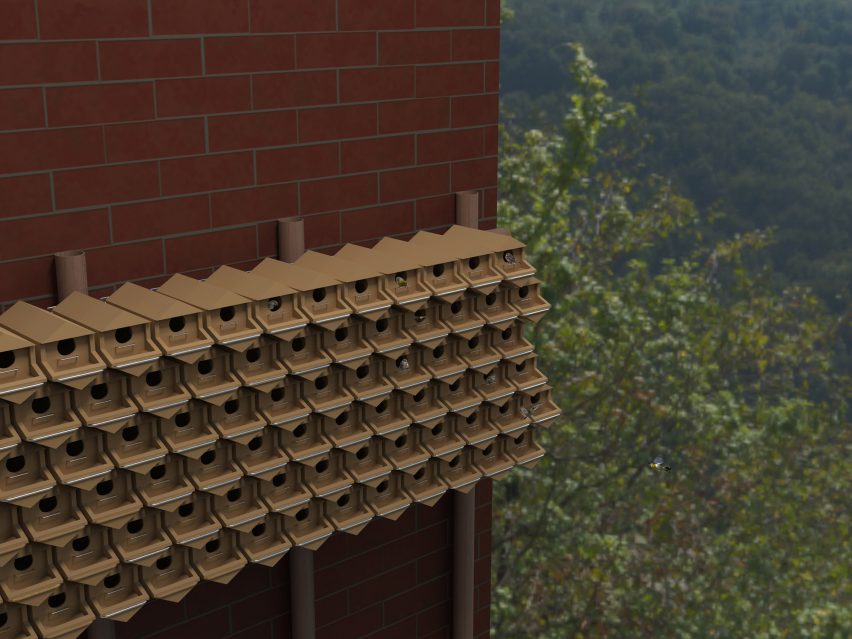
Hôte: A System to Accommodate Migratory Bird Populations by Clara Meunier
“Hôte is a system that uses existing infrastructure to accommodate birds at their stopover sites. Its organic and hexagonal shape mimics the shapes created by bees in their beehives.
“The cork material is composed with tree seeds, enabling a meaningful end-of-life as the individual rooms biodegrade.
“Fitted with a proximity sensor and a camera, this product supports conservationists with monitoring behaviours of individual birds.
“It helps monitor birds species that typically migrate through these areas or even newly migrating birds species that have started to adapt to the effects of climate change.”
Student: Clara Meunier
Course: BSc (Hons) Engineering Product Design
Email: clara.meunier29.09[at]gmail.com
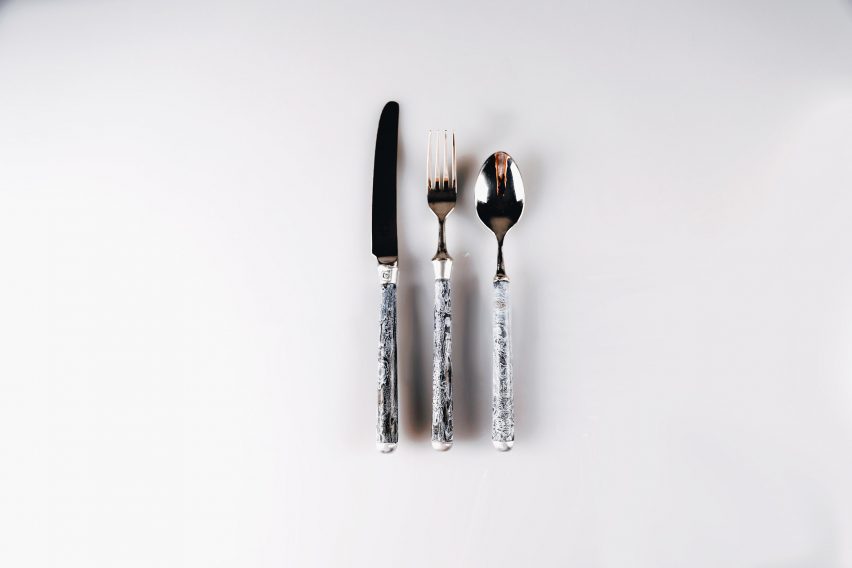
Denimolite: Sustainable Composite Made From Upcycled Waste Denim by Joshua Lawson Myers
“In response to global fast fashion and textile pollution, this project presents a new and sustainable composite material made from upcycled waste denim and an ecological plant-based bio resin.
“The key benefits of Denimolite include a reduced impact of global textile pollution, production of new luxury products from waste material and the increase of the sustainability rating for denim manufacturers.”
Student: Joshua Lawson Myers
Course: BSc (Hons) Engineering Product Design
Email: Denimolite.josh[at]gmail.com
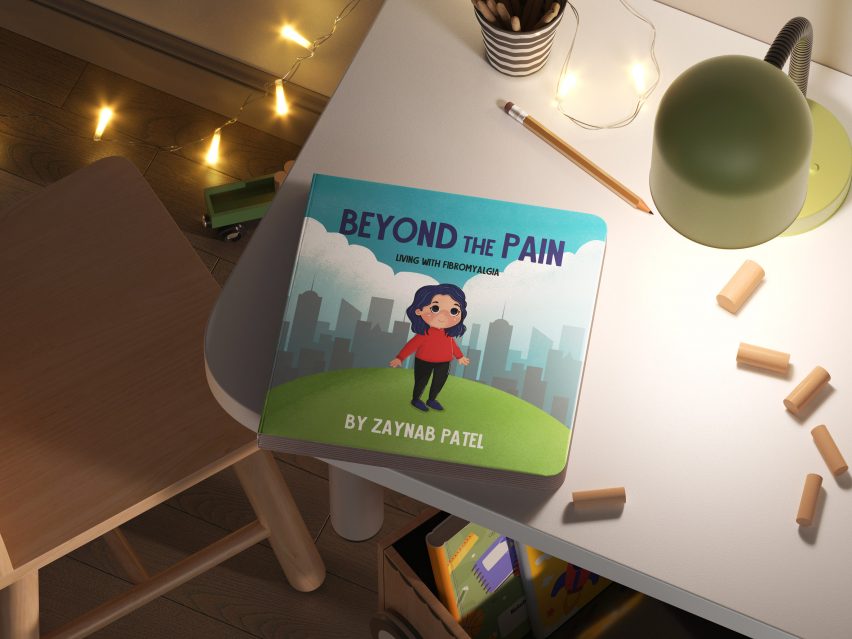
Beyond the Pain: Educating Young Minds on Understanding Pain by Zaynab Patel
“Beyond the Pain is a storybook and activity pack that introduces and educates children from ages six to 12 about chronic pain.
“It is a valuable resource for parents to initiate conversations with their children, addressing fears and answering questions regarding chronic pain conditions.
“The storybook follows the daily life of a parent living with chronic pain, illustrating their struggles, challenges and coping mechanisms.
“With relatable characters and engaging narratives, it fosters empathy and understanding in children, empowering them with knowledge and compassion.
“It paves the way for a future where individuals living with chronic pain are better understood and supported by society.”
Student: Zaynab Patel
Course: BSc (Hons) Product Design
Email: contact[at]zaynab.design
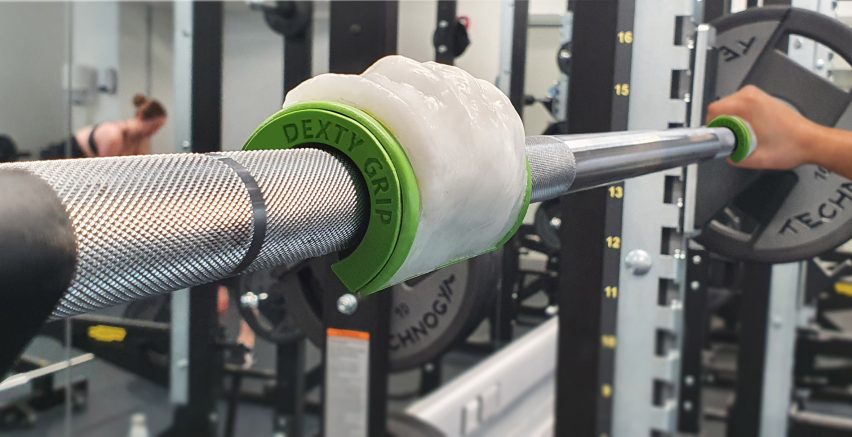
DextyGrip: A Mouldable Gym Grip Aimed at Users That Have Dexterity Concerns by Fryderyk Szypula
“DextyGrip was created from a passion for health and active lifestyles, wishing everybody to have equal opportunities in various aspects of their life.
“DextyGrip allows for safe participation in the gym environment while fostering the rehabilitation of a user with dexterity problems.
“The design enables customisation of the product – the user can alter the top surface of DextyGrip to obtain the best ergonomic and custom fit to their hand.
“This can be changed an unlimited number of times, offering repeat motion rehabilitation during longer periods of use by the user.”
Student: Fryderyk Szypula
Course: BSc (Hons) Product Design
Email: Fryderykszypula[at]hotmail.com
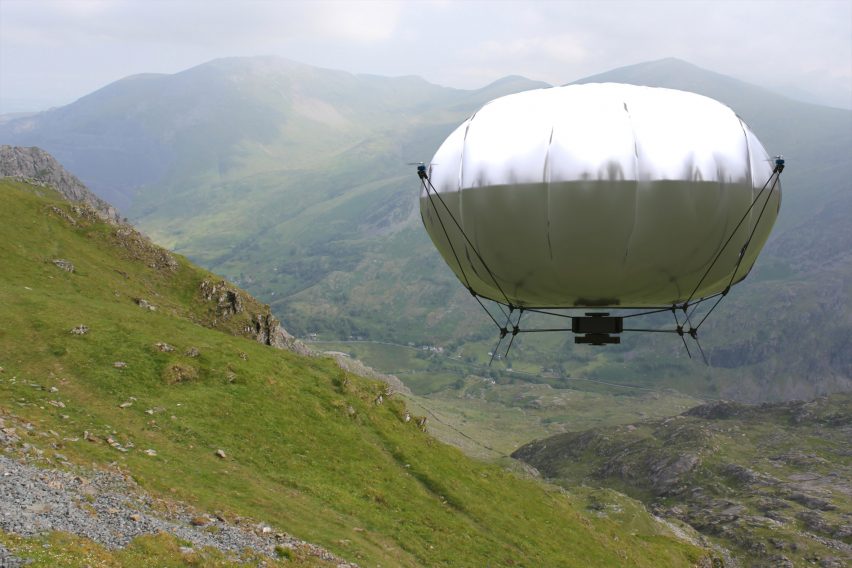
Kes: An Aerial Platform to Monitor and Observe the Natural Environment by Nathan Walsworth
“Conservation is the cornerstone of climate action. Data is crucial for conservation as it provides a foundation for decision-making, identifying threats and setting priorities.
“Kes is a drone that combines lighter-than-air technology and drone technology to offer an extended battery life in comparison to conventional drones.
“The increased battery life makes Kes ideal for conservation, enabling large areas of the natural environment to be surveyed and observed with a range of modular sensors.
“Artificial intelligence technology such as image recognition is implemented into the drone, improving the accuracy and speed at which information can be collected.”
Student: Nathan Walsworth
Course: BSc (Hons) Product Design
Email: nathanjwalsworth[at]gmail.com
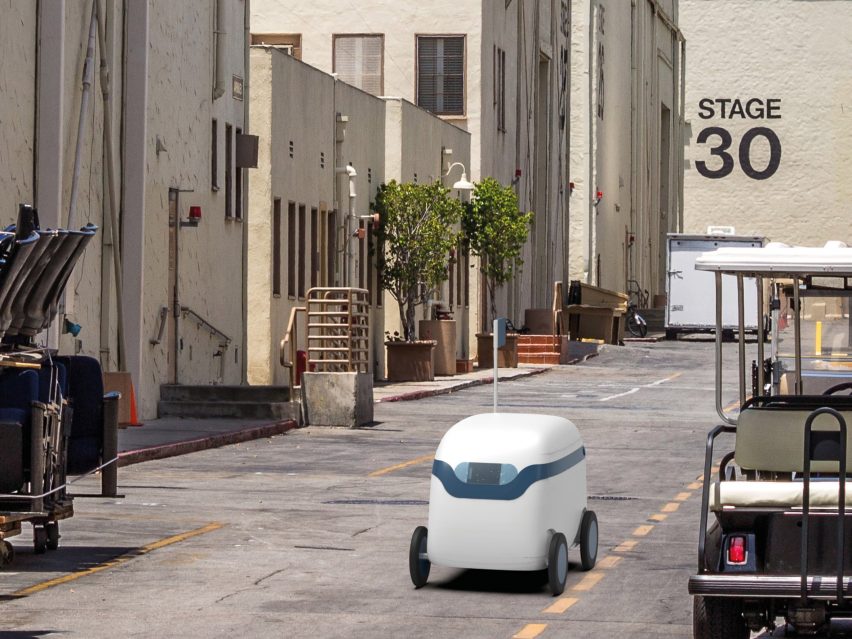
Cibrum: An Environmentally Friendly Catering Service by Katie Rankine
“With movie productions producing a carbon footprint of up to 1,081 metric tons of carbon dioxide, they have a dramatic impact on the environment.
“Transport within the industry accounts for 52 per cent of these emissions and is an area that needs tackling.
“Cibrum is a food catering company for movie productions, aiming to reduce the amount of emissions being produced from filming.
“Food is sourced from local environmentally friendly areas to reduce air miles while the Rumare, the food delivery vehicle, offers temperature-regulated, automated transportation from catering sites to the filming location.”
Student: Katie Rankine
Course: BSc (Hons) Product Design
Email: katierankine30[at]gmail.com
Partnership content
This school show is a partnership between Dezeen and London South Bank University. Find out more about Dezeen partnership content here.

